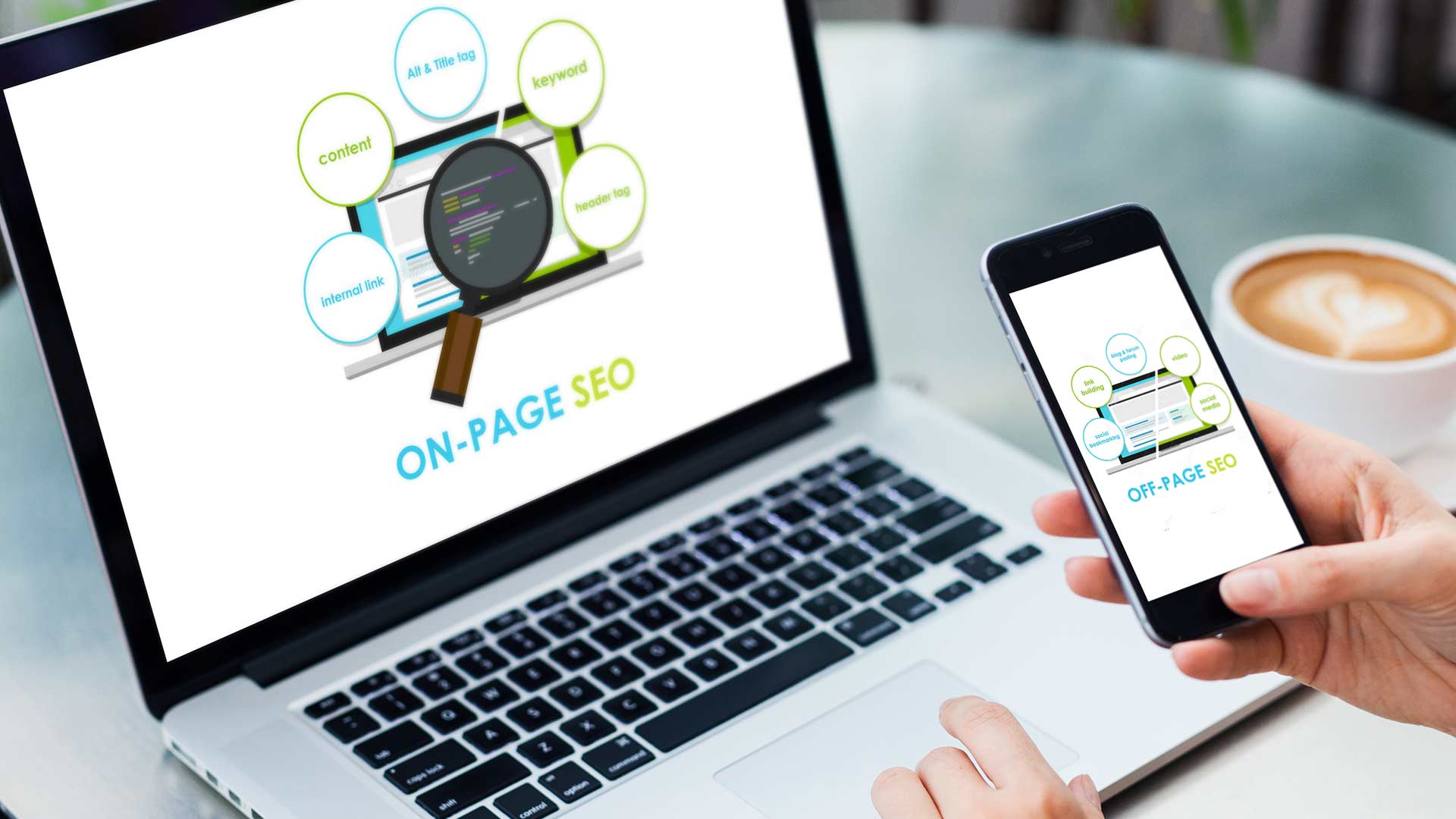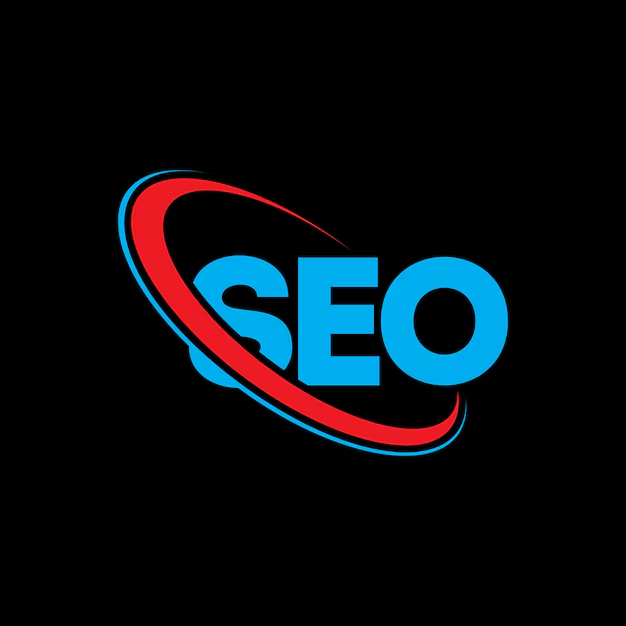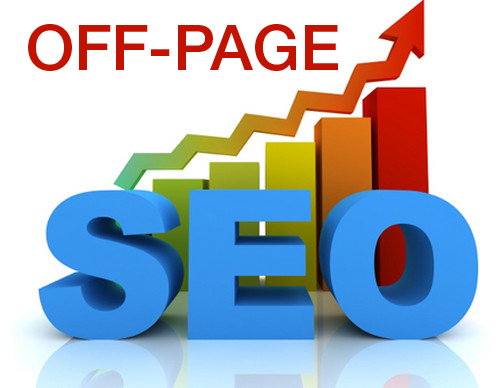
Best Details OF On-Page SEO for 2024
On-page SEO, also known as on-site SEO, is the process of optimizing specific websites to enhance their performance and attract visitors who are more relevant to internet search engines. In off-page SEO, which focuses on backlinks as well as additional outside information, this affects a website’s HTML code along with its text. Here, we’ll look at the many components of on-page SEO, their significance, and suggested methods.
Recognizing On-page SEO
Several elements that together increase the website’s visibility and accessibility are featured under on-page SEO. This consists of
- Content Quality
- Keyword Research and Usage
- Title tags and Meta Descriptions
- URL Structure
- Header Tags (H1, H2, H3, etc.)
- Image Optimization
- Internal linking
- User experience (UX)
- Mobile Friendliness
- Page Speed
- Schema Markup

Content Quality in On-page SEO
The basis of on-page SEO is content. Search engines give attention to essential, high-quality material that gives users benefits. Important components consist of:
Originality: Information on pages and websites should be different from one another.
Relevance: It needs to satisfy your target audience’s requirements and hopes.
Depth and Detail: Detailed discussion of the subject, solving any queries users may have.
Engagement: To decrease bounce rates and keep readers on the website longer, content needs to be written effectively and interestingly.
Top Techniques
- Make your terms precise and short.
- Use multimedia (pictures, movies, and animations) to improve attention and interest.
- Content should be updated often to stay interesting and current.
Keyword Research and Usage in On-page SEO
Keywords are the phrases and terms users enter into search engines. Effective keyword research and usage help in aligning your content with what your audience is searching for.
Top Techniques
- Identify primary and secondary keywords: Use tools like Google Keyword Planner, Ahrefs, or SEMrush to find relevant keywords.
- Place keywords strategically: Incorporate them naturally into the title, headings, meta descriptions, URL, and throughout the content.
- Avoid keyword stuffing: Overusing keywords can lead to penalties from search engines. Focus on readability and natural flow.
Title Tags and Meta Descriptions in On-page SEO
Title tags and meta descriptions are HTML elements that specify the title and summary of a webpage. They appear in search engine results pages (SERPs) and significantly impact click-through rates (CTR).
Top Techniques
- Title Tags: Keep them under 60 characters, include primary keywords, and make them compelling.
- Meta Descriptions: Summarize the content in 150-160 characters, include primary and secondary keywords, and make it enticing to encourage clicks.
URL Structure in On-page SEO
URLs should be clean, descriptive, and SEO-friendly. They provide both search engines and users with a clear idea of what the page is about.
Top Techniques
- Keep URLs short and simple: Avoid unnecessary words and use hyphens to separate words.
- Include keywords: Ensure the primary keyword is part of the URL.
- Use lowercase letters: This avoids issues with duplicate content.
Header Tags (H1, H2, H3, etc.)
Header tags are used to define headings and subheadings within your content. They help in structuring content and make it easier for search engines and users to understand the hierarchy of information.
Top Techniques
- Use one H1 tag per page: This should be the main title of the page.
- Use H2, H3 tags for subheadings: These help in organizing the content and improve readability.
- Include keywords in header tags: This provides additional context to search engines.
Image Optimization
Images play a crucial role in enhancing user experience but need to be optimized to ensure they do not negatively impact page load times and SEO.
Top Techniques
- Use descriptive file names: Include relevant keywords.
- Optimize image size: Compress images without compromising quality to improve load times.
- Use alt text: Provide descriptive alt text for each image, including relevant keywords, to help search engines understand the content and improve accessibility.
Internal Linking
Internal links connect different pages on your website, helping users navigate and search engines understand the structure and importance of your content.
Top Techniques
- Use descriptive anchor text: It should clearly indicate what the linked page is about.
- Link to relevant pages: Ensure that the internal links are contextually relevant to provide value to the user.
- Maintain a logical structure: Organize your internal linking in a way that supports the overall site architecture.
User Experience (UX)
A positive user experience is critical for both SEO and user retention. Search engines prioritize sites that are easy to navigate and provide a good user experience.
Top Techniques
- Ensure a clean and intuitive design: Avoid clutter and ensure that users can easily find what they are looking for.
- Use responsive design: Ensure your site looks good and functions well on all devices.
- Provide clear calls to action: Guide users on what to do next with clear and compelling CTAs.
Mobile-Friendliness
With the increasing number of mobile users, having a mobile-friendly website is essential. Google uses mobile-first indexing, which means it predominantly uses the mobile version of the content for indexing and ranking.
Top Techniques
- Use a responsive design: Ensure your site adapts to different screen sizes and resolutions.
- Optimize for touch: Ensure buttons and links are easy to click on mobile devices.
- Improve load times: Optimize images and leverage browser caching to ensure fast loading on mobile devices.
Page Speed
Page speed is a critical ranking factor and directly affects user experience. Slow-loading pages can lead to higher bounce rates and lower search engine rankings.
Top Techniques
- Optimize images: Compress and resize images to reduce load times.
- Minimize HTTP requests: Reduce the number of elements on a page to decrease load time.
- Use browser caching: Store frequently used files locally in the user’s browser to speed up subsequent page loads.
- Minify CSS, JavaScript, and HTML: Remove unnecessary characters to reduce file sizes and improve load times.
Schema Markup
Schema markup is a form of microdata that helps search engines better understand your content. It can enhance your search listings with rich snippets, potentially increasing your click-through rates.
Top Techniques
- Use structured data: Implement schema markup to define elements like articles, reviews, products, and events.
- Follow guidelines: Adhere to Google’s structured data guidelines to avoid penalties.
- Test your markup: Use tools like Google’s Rich Results Test to ensure your schema markup is correctly implemented.
User Engagement Metrics
User engagement metrics are indirect signals that search engines use to gauge the quality and relevance of your content. These metrics include bounce rate, average session duration, pages per session, and click-through rate (CTR).
Top Techniques
- Reduce bounce rate: Ensure your content matches the search intent and engages users from the start.
- Increase session duration: Create compelling and in-depth content that encourages users to stay longer.
- Boost pages per session: Use internal links to guide users to related content.
- Improve CTR: Write compelling title tags and meta descriptions that attract clicks from SERPs.
Social Sharing
While social signals are not a direct ranking factor, they can indirectly impact SEO by driving traffic and increasing engagement. Encouraging social sharing can amplify your content’s reach and potentially attract backlinks.
Top Techniques
- Add social sharing buttons: Make it easy for users to share your content on social media.
- Create shareable content: Produce content that is interesting, valuable, and likely to be shared.
- Engage with your audience: Actively participate on social media platforms to build relationships and encourage sharing.
Optimizing for Voice Search
Voice search is becoming increasingly popular with the rise of virtual assistants like Siri, Alexa, and Google Assistant. Optimizing your content for voice search can help you capture this growing segment of search traffic.
Top Techniques
- Use natural language: Write in a conversational tone and answer questions directly.
- Focus on long-tail keywords: Voice searches are often longer and more specific.
- Provide concise answers: Aim to answer questions clearly and succinctly, as voice assistants often read out short snippets.
Content Readability
Content readability is crucial for user engagement and comprehension. If users find your content difficult to read, they are likely to leave your site quickly, which can negatively impact your SEO.
Top Techniques
- Use short sentences and paragraphs: Break up your text to make it easier to read.
- Choose a readable font: Ensure your text is legible on all devices.
- Use subheadings and bullet points: These elements help break up the text and make it more scannable.
- Write at an appropriate reading level: Aim for a reading level that matches your target audience.
Content Freshness
Regularly updating your content signals to search engines that your site is current and relevant. Fresh content can improve your rankings and attract more traffic.
Top Techniques
- Update old content: Revise and expand outdated articles to keep them relevant.
- Publish new content regularly: Maintain a consistent publishing schedule to show search engines that your site is active.
- Highlight updates: Clearly indicate when a page was last updated to inform both users and search engines.
Multimedia Optimization
Multimedia elements like videos, infographics, and podcasts can enhance your content and improve user engagement. However, they need to be optimized properly to avoid slowing down your site.
Top Techniques
- Compress videos and images: Use compression tools to reduce file sizes without compromising quality.
- Provide transcripts: For videos and podcasts, offer transcripts to improve accessibility and provide additional content for search engines to index.
- Use descriptive file names and alt text: Include relevant keywords to help search engines understand the content.
Securing Your Website (HTTPS)
Website security is a crucial aspect of on-page SEO. Google has confirmed that HTTPS is a ranking signal, and a secure site can also build trust with your users.
Top Techniques
- Use HTTPS: Obtain an SSL certificate to secure your site and switch to HTTPS.
- Regularly update software: Keep your CMS, plugins, and other software up to date to prevent vulnerabilities.
- Monitor for security issues: Use security tools to regularly scan your site for potential threats.
Analytics and Tracking
Regularly monitoring your SEO efforts is essential to understand what is working and where improvements are needed. Use analytics tools to track your performance and make data-driven decisions.
Top Techniques
- Set up Google Analytics: Track key metrics like traffic, bounce rate, and conversion rates.
- Use Google Search Console: Monitor your site’s search performance, fix errors, and submit sitemaps.
- Regularly review data: Analyze your data to identify trends, opportunities, and areas for improvement.
Conclusion of On-page SEO
On-page SEO is a multifaceted discipline that requires a strategic approach to optimize various elements of a webpage. By focusing on high-quality content, effective keyword usage, and technical optimization, you can enhance your website’s visibility, user experience, and overall search engine ranking. Regularly auditing and updating your on-page SEO practices will ensure that your site remains competitive and continues to attract and engage your target audience.
On-page SEO is an ongoing process that involves optimizing various elements of your web pages to improve their visibility and performance in search engines. By focusing on content quality, keyword usage, technical optimization, and user experience, you can create a strong foundation for your website’s SEO success. Regularly updating and refining your on-page SEO practices will help ensure that your site remains competitive and continues to attract and engage your target audience.



2 thoughts on “Best Details OF On-Page SEO for 2024”